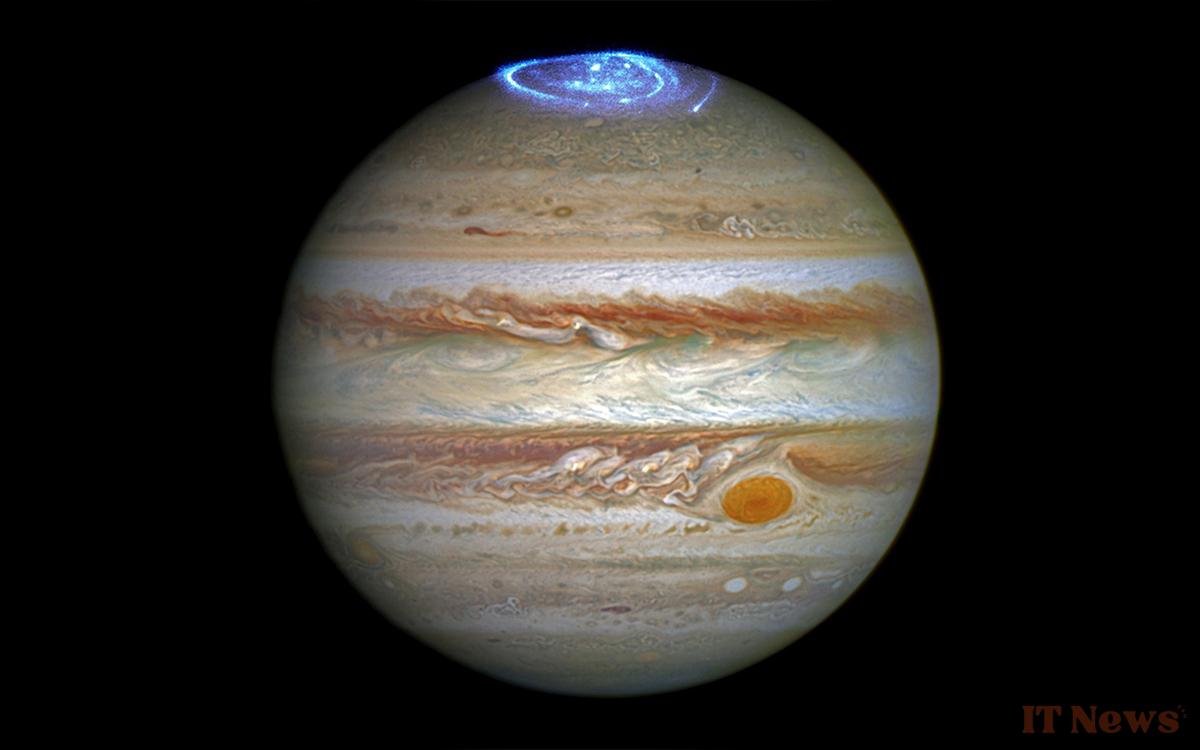A new study reveals a little-known past of the solar system's largest planet. Billions of years ago, Jupiter was far more massive than previously thought. These discoveries could change our understanding of the formation of the solar system.
Among the planets of the solar system, Jupiter stands out for its giant Red Spot and its colossal size. Visible to the naked eye in the night sky, this gas giant has intrigued scientists for decades. However, its current appearance does not reflect its original appearance. New work is challenging assumptions about its evolution and its true influence on the birth of other planets.
Researchers have published a study in the journal Nature Astronomy showing that in its early days, Jupiter had a radius twice as large as it does today. It also had a magnetic field 50 times stronger. These results come from detailed analyses of two of its nearest moons, Amalthea and Thebe. Their orbit, which has remained unchanged since the beginnings of the solar system, has made it possible to reconstruct the size and magnetic properties of our gas giant in its youth.
Jupiter would have reached a volume equivalent to 2,000 times that of Earth according to the study
By studying the inclination of these two small moons, the researchers were able to go back in time to approximately 3.8 million years after the formation of the first solid objects in the solar system. At that time, Jupiter would have been able to contain more than 2,000 Earths, compared to approximately 1,320 today. This spectacular swelling could be explained by a phase of rapid growth, just before the gas and dust around the Sun evaporated, freezing the structure of the solar system.
These new data provide a new benchmark for better understanding of planetary formation. They suggest that Jupiter played a central role in the current architecture of the solar system. By being so massive in its early days, it would have influenced the trajectory of the other planets in formation. The authors of the study, led by Konstantin Batygin of the California Institute of Technology, believe that this discovery represents a key step in tracing more precisely the origins of our cosmic environment.




0 Comments